Whether you’re on the trail or in your driveway, it’s no big deal to fix a flat mountain bike tire. In the ideal situation, all you need is a pump, tire levers, and a new tube. If your tire still has some air pressure left in it, release the air by pressing in on the …
By Jeff Barber
Last Updated:
Singletracks may receive compensation for purchases made through any affiliate links in this article.
Whether you’re on the trail or in your driveway, it’s no big deal to fix a flat mountain bike tire. In the ideal situation, all you need is a pump, tire levers, and a new tube.
If your tire still has some air pressure left in it, release the air by pressing in on the tire valve. Depending on the type of valve your tire has, you may need to unscrew the pressure release or use your fingernail to press the release valve.
Next, pull the tire away from the rim. You may need to use your tire lever to get the tire started, once it’s out you can trace around the rim to quickly remove one side of the tire. Repeat the process for the other side of the tire wall. Don’t forget to remove the screw locking ring if your tubes have one.
Remove the tire and tube from the rim. Check the rim to make sure there isn’t anything ganky on the rim that could have caused your flat. Pay particular attention to the rim tape covering spoke connections inside the rim and replace as necessary. Run your hand through the tire itself to check for thorns or other sharp objects. If something causes you to bleed there’s a good chance that it’ll pierce your tire as well.
Now you’re ready to start putting things back together. Inflate your new tube with just enough air to give it some shape. This will help you place it in the tire easily. Place the tube completely inside the tire like a hot dog in a bun. Find the valve hole on your wheel and place the valve stem in the hole.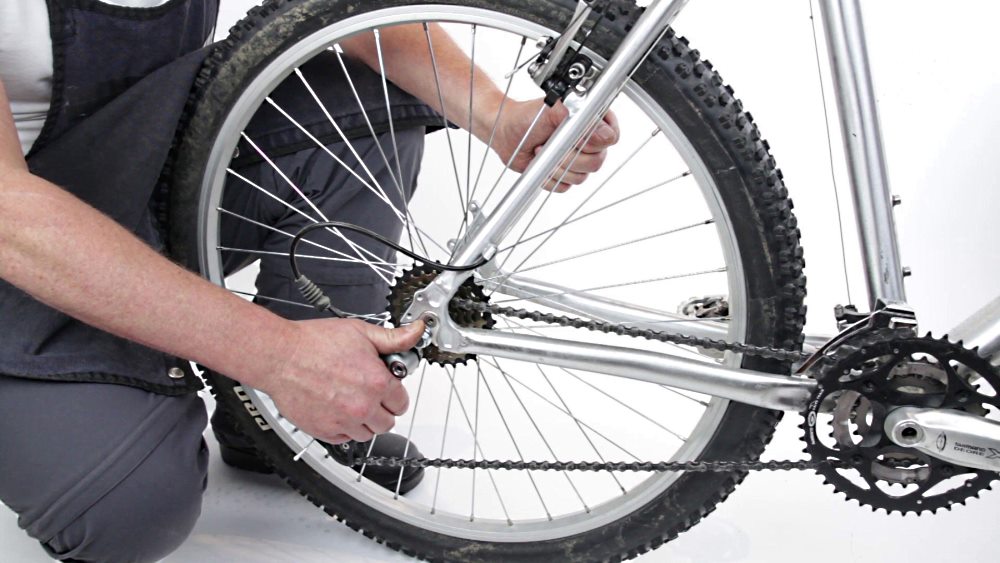
Start working one side of the tire onto the rim. You should be able to use your hands for most of it, once you’ve made your way around most of the tire you may need to use your levers to pop the tire wall bead inside the rim. Repeat for the other side (note: the second side may be more difficult than the first, especially for tight fitting tires).
Before you begin inflating your tire it’s important to make sure the tube isn’t pinched between the rim and the tire (called a pinch flat). Start at a known point on the tire (I usually start at the valve) and work your way around the tire looking for pinches. When you get back to your start point, flip the tire and check the other side all the way around.
Now you’re ready for the fun part: pumping. Inflate your tire to a reasonable pressure. My pump has a gauge that’s marked for different types of bike tires. It recommends 30-60 psi for mountain bike tires but it’s really up to you. If you like a squishy ride or you like to use your tires as a poor man’s suspension, keep the pressure low.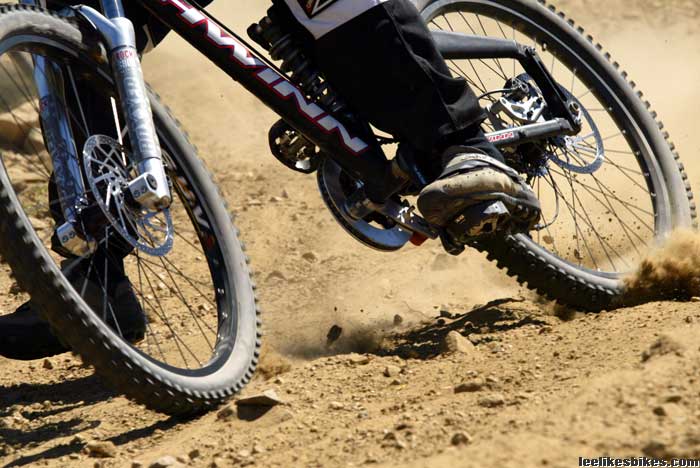 If you’re riding hardpack you may want to go for a higher pressure which will help you go faster. I personally prefer staying at the high end of the range because I’ve found that I get fewer flats on the trail at higher pressures.
If you’re riding hardpack you may want to go for a higher pressure which will help you go faster. I personally prefer staying at the high end of the range because I’ve found that I get fewer flats on the trail at higher pressures.
Changing a bike tire is a beneficial skill that, as a cyclist, is handy to know. It might seem pretty straightforward, but you can make it very easy or very difficult for yourself if you don’t know how to do it properly. In this article, we will tell you everything you need to know about how to change a bike tire, replace a bike tire, and even replace a bike tube.
For a bike tire replacement, check out our full selection of bike tires. Before we start, the first thing we need to think about is what tools and spares we will need. We highly recommend having these at your disposal;
The first thing you are going to do is remove the wheel.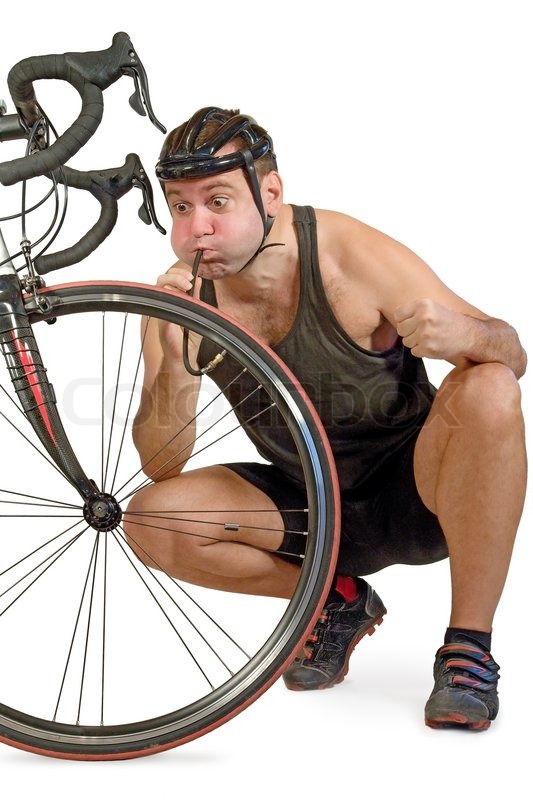 Depending on where you are, you can either turn the bike upside down, lean it on its side, or get it into a stand. Typically you have two different types of skewer which hold the wheel on, a quick release and a thru-axle. Both of these you will need to release and unscrew.
Depending on where you are, you can either turn the bike upside down, lean it on its side, or get it into a stand. Typically you have two different types of skewer which hold the wheel on, a quick release and a thru-axle. Both of these you will need to release and unscrew.
Once removed, your wheel will come out, and you will be able to work on it. A top tip if you have hydraulic disc brakes, ensure that the lever is not pressed with the wheel out as this will cause the pistons to adjust.
Now, you'll want to deflate the tire, ready for removal completely. You can do this by removing the cap and either unscrewing the Presta valve and pushing the pin or just pushing the pin on the Schrader valve. Once deflated, push the tire's bead inwards to loosen it off the rim.
Now you will want to take your tire lever, insert it under a part of the tire, slowly ease the tire off the rim, and be careful not to snag the inner tube.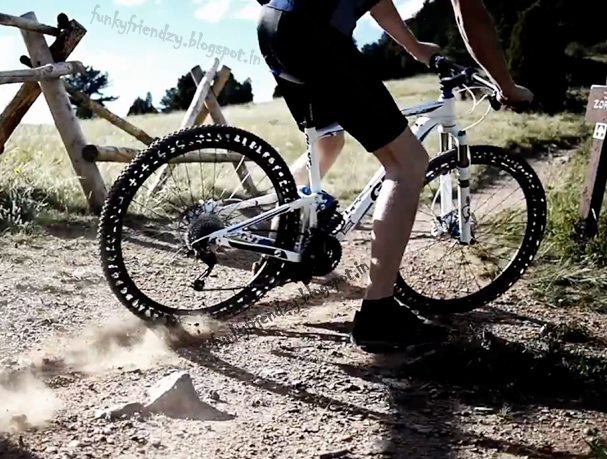 If you are using tubeless, you might want to put a rag inside to soak up any old sealant, or it might get messy. Once one side is off, you should be able to pull the tire straight off with the inner tube.
If you are using tubeless, you might want to put a rag inside to soak up any old sealant, or it might get messy. Once one side is off, you should be able to pull the tire straight off with the inner tube.
Now you have the tire off and the wheel free, you will want to inspect it to ensure that it is in good working order. Check the wheel is straight and true by spinning it in your hand and holding on to the hub. Then make sure there are no cracks near any of the spoke holes. Once you have done this, ensure that the rim tape is in good condition and covers all the spoke holes. If you’re using tubeless, you are doing to give this a big clean and remove any excess sealant.
If you are swapping the tire out because of a puncture, you will need to inspect the tire to ensure the thorn or piece of flint is gone. Then you will need to either swap the tube out or even patch the old one.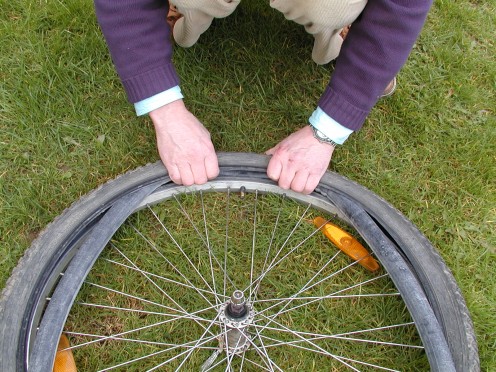 You can do this by finding the hole, scratching it clear, and sticking a patch on it. We recommend changing a tube instead of patching.
You can do this by finding the hole, scratching it clear, and sticking a patch on it. We recommend changing a tube instead of patching.
Shop Bike Tubes and Tubeless Kits | Shop Bike Tire Repair Patch Kits
How to put a tire back on the rim? Firstly check the rotation of the side of the tire to ensure it’s going correctly. Start by running one side of the tire into the inside of the wheel and then insert either the inner tube into the tire with it partially inflated to make sure it doesn’t nip. If you are using sealant, you can insert it here or later into the valve.
After this is complete, you will need to pump the new tire up to the recommended PSI. If you are unsure, check the manufacturer's recommendations, but whatever you do, don’t go over the maximum stated on the tire or have it too low that the tire is very spongy. Now make sure the tire is on correctly and is in the bead. You can check this by spinning the tire to ensure it's not lumpy. If it is, push the side of the tire up onto the bead with your fingers carefully.
You can check this by spinning the tire to ensure it's not lumpy. If it is, push the side of the tire up onto the bead with your fingers carefully.
Now it’s time to reinsert the wheel. You will need to pop the wheel back and ensure it is in the correct place. If you have removed the rear wheel, check that the chain runs correctly. Tighten up the quick release or thru-axle to the proper tightness. Now it’s time to get the bike on the floor. Check the brakes work and that the wheel is tight.
The process is the same for any tire. Generally, the larger the tire, the easier the process. Road bike tires can be challenging and might need a little more attention. For more information on types of tires, check out these pages Link to dirt mountain bike tires, road bike tires, gravel bike tires, and cyclocross bike tires.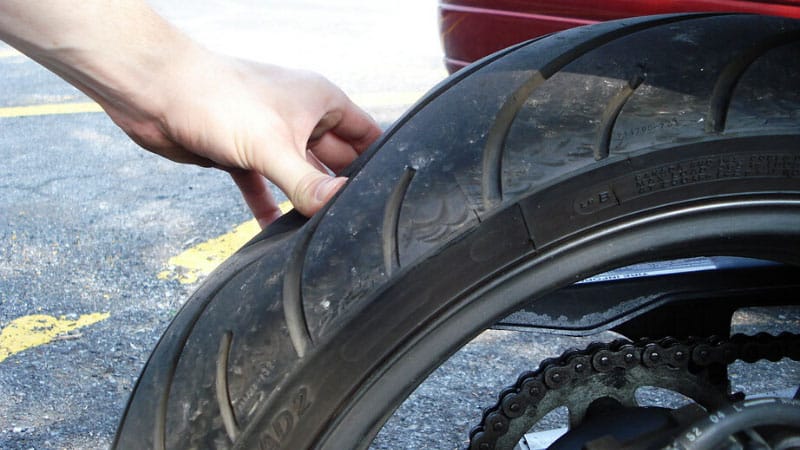
Firstly you have the cost of the inner tube, sealant, and tires. If you get a tire replaced at a bike shop, they will charge anywhere from roughly $10 to $20 for labor on a tire with an inner tube. For tubeless, it could be $20 to $30 as the process is much more complicated and takes longer.
How often should Tires be changed?If they look worn and have a lot of small slices or are giving you a lot of punctures, they will need changing. Depending on the tire, they might give you 5000 miles or 500 miles depending on the discipline and quality of the tire.
How much do bike tires cost?They can be as cheap as $20 or as expensive as $100. It depends on puncture protection, the tire's weight, and performance.
What are the best tire brands?Some of the top current brands are Continental, Vittoria, Specialized, Maxxis and Schwalbe
It will take time to replace a bike tire, but the more you do it the quicker you will get. Replacing tubes and tires is a great skill to learn and will help you while riding out on the road.
Replacing tubes and tires is a great skill to learn and will help you while riding out on the road.
Throughout the life of a bicycle, you will need to clean, lubricate and possibly repair various parts. If you ride often and like to diversify the route, then eventually one or both of your tires will wear out, and the chamber will be blown out more than once due to a puncture. Therefore, it is important to be able to repair the cut, as well as replace the tire and tube.
It won't take you long to learn. The main thing is to carefully and consistently follow the steps below. Trust me, changing tires or tubes is easy.
1. Turn bike upside down with wheels .
You can mount the bike in a dedicated repair stand or hang it with the frame securely fixed. The wheels should turn freely without any resistance.
It can be secured with nuts on an axle that needs to be loosened (usually a cheaper version of the bike).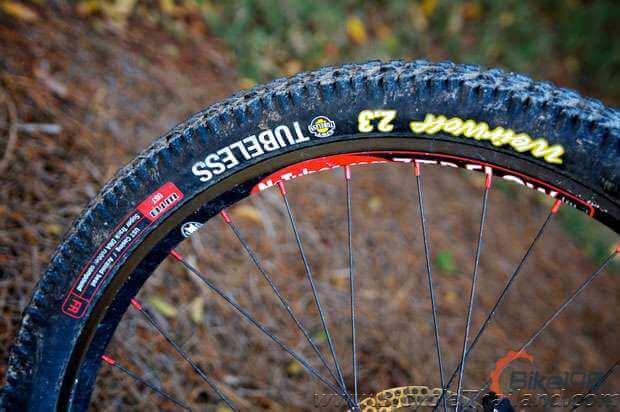
Depending on the make of your bike, the wheel can also be secured with a quick-release lever (eccentric) that needs to be released. Also, there are mounting options directly on the axle, when the axle parts (hex bolts) are directly tightened and thus fix the wheel in the feathers. As a rule, such axles are quite wide, hollow inside and are installed on more expensive models of bicycles (most often mountain bikes).
If you have V-brakes (rim brakes), open the mechanism by releasing the springs. You can also loosen the cable, but you need to remember to fix it after reinstalling the wheel. This is done so that you can remove the wheel, since (when the brakes are working) the pads will hold the tire.
If you have disc brakes, you can remove the wheel without any additional steps.
3. Remove tire from the wheel rim.
Locate the nipple and select a location on the opposite side of the wheel. Using the bead (a tire removal tool that looks like a spoon, spatula), separate the tire from the wheel rim and fix the bead on the spoke. Repeat the procedure with the second bead at a distance of about 2.5 cm from the first. Continue doing this around the wheel until you can completely remove the tire.
Using the bead (a tire removal tool that looks like a spoon, spatula), separate the tire from the wheel rim and fix the bead on the spoke. Repeat the procedure with the second bead at a distance of about 2.5 cm from the first. Continue doing this around the wheel until you can completely remove the tire.
Please note that if you need to seal or replace the inner tube, it is not necessary to completely remove the tire. It is enough to disassemble one side to get the camera. This will make the next process easier.
4. Check and clean the inside of the tire for debris.
Look for anything that could cause cuts or punctures. Specifically, spikes, glass shards, and metal shards. After all, often what cut the tire and / or pierced the chamber remains in the tire and can ruin it again.
5. Find holes or cuts in the tire and tube .
To find punctures, you can inflate and submerge the tube in water, watching carefully for air bubbles.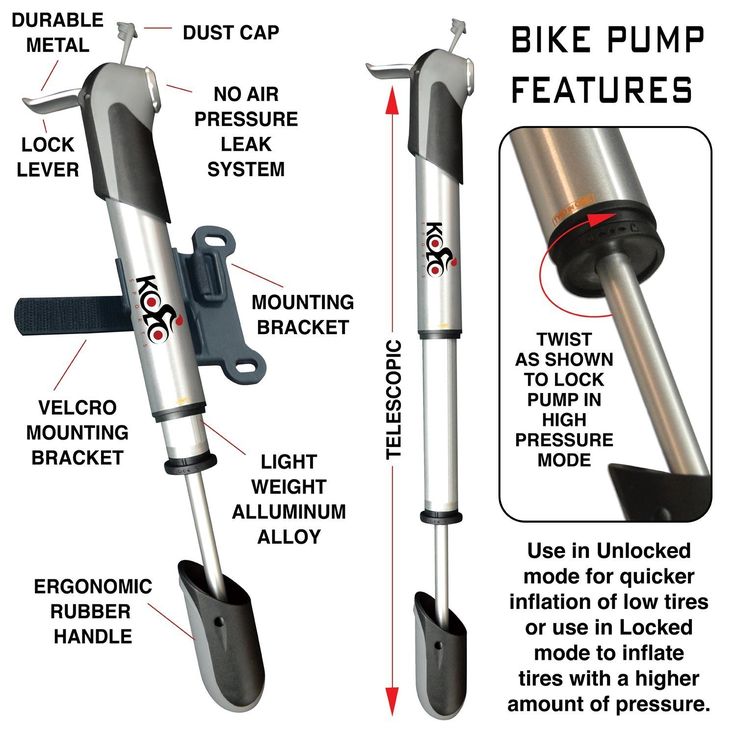 You can also do this without water, but only if the puncture is large enough. Otherwise, you simply will not hear where the air is leaking from.
You can also do this without water, but only if the puncture is large enough. Otherwise, you simply will not hear where the air is leaking from.
If you clearly see a hole or a wide cut on these parts, then you will most likely need to purchase a new tire and tube. It will be possible to glue only with slight damage to the material. During a puncture, the tire does not need to be sealed at all, since it itself tends to shrink and not expand the hole.
6. For , glue the holes with repair kit .
Take a piece of sandpaper and sand the area around the puncture. It is also desirable to degrease it for better adhesion to the patch. Take a patch and, using glue, patch the puncture. Firmly press the patch and its edges, smooth with your fingers (the back of the screwdriver will work too).
7. Wait a few minutes for the adhesive to set .
Insert the tube into the wheel and inflate to the maximum possible pressure (the value is indicated on the tire).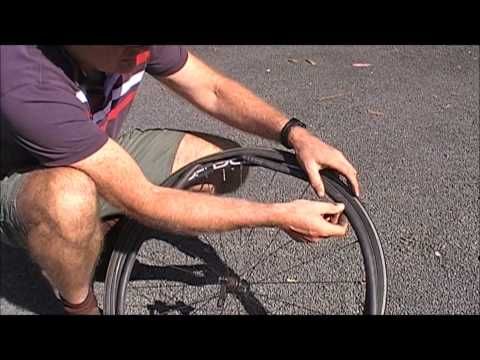 Thus, the tire will press the patch to the chamber, and the patch itself will finally stick to the stretched surface of the chamber, which is what we need. If this is not done, then the patch will dry to the tightened surface of the chamber and may peel off when inflated. When installing the camera, do not forget that it should “lie down” without kinks and twists.
Thus, the tire will press the patch to the chamber, and the patch itself will finally stick to the stretched surface of the chamber, which is what we need. If this is not done, then the patch will dry to the tightened surface of the chamber and may peel off when inflated. When installing the camera, do not forget that it should “lie down” without kinks and twists.
8. W Replace tire if necessary.
If your goal is to replace a tire, then take apart the old one, remove it and take a new one. Insert one side of the new tire into the rim, and bolster the other side with the beads. Often, when installing a new tire, this action can be easily performed with your fingers, without the help of any tools. Make sure your tire fits into the rim, doesn't come out anywhere, and is evenly distributed. Pump up the wheel.
9. Insert the wheel into the slots on the bike fork or stays.
Fasten the axle. Don't forget to fix the brakes!
That's it. We remind you that you can change tubes and tires in the workshop of the Goldenbike store. Stay with us!
Unfortunately, the violation of the integrity of bicycle tires and tubes is far from rare, so the topic of our article today is how to remove a tire from a bicycle wheel and put it back on. To successfully cope with this task, you need to at least superficially know the design of a bicycle tire and know the special terminology. So let's get started.
Bicycle tire includes 4 parts:

Its purpose is to securely fasten the tire to the wheel rim of the bike. The materials for its manufacture are Kevlar (most often), synthetics or steel wire. Steel beading cable - the most budgetary. The cost of Kevlar cables is much higher, they have less weight, they are easy to store when rolled up. Kevlar cable can be taken with you on a trip as a backup. It won't take up much space.
This is its carcass, or base. This element largely determines the strength of the tire. This is a diagonal weave of nylon threads. Weave density is determined by the number of threads per 1 inch. This figure is in the range of 24-130. Naturally, the higher this figure, the better the strength qualities of the tire.
This is a rubber cover. There are two varieties.
 It is used in tourist and city models of bicycles;
It is used in tourist and city models of bicycles; This is the part of the tire that is in direct contact with the road. The performance of tires depends on the tread depth and type of pattern.
Bicycle tires are made from conventional rubber or polymeric materials. Rubber has a better grip on the surface, but in terms of wear resistance it is inferior to the compound. The cost of the compound is lower, but when driving off-road, it has proven itself better than rubber. By type, 4 main types of tread can be distinguished: slick, semi-slick, mountain, winter. Each of them behaves better in the environment for which it was created. Slick on the road, semi-slick off-road, dirt road, the winter tread has a spike for ice.
You may need to remove a bicycle tire in the following cases:
 In this case, the tire is removed, the punctured bicycle chamber is replaced with a whole one, and then the wheel is reassembled;
In this case, the tire is removed, the punctured bicycle chamber is replaced with a whole one, and then the wheel is reassembled; If desired, the tire can be removed and replaced without the use of tools (this will be discussed in detail). But, if you follow all the rules, you may find it useful:
To remove a tire from a bicycle wheel, proceed as follows:
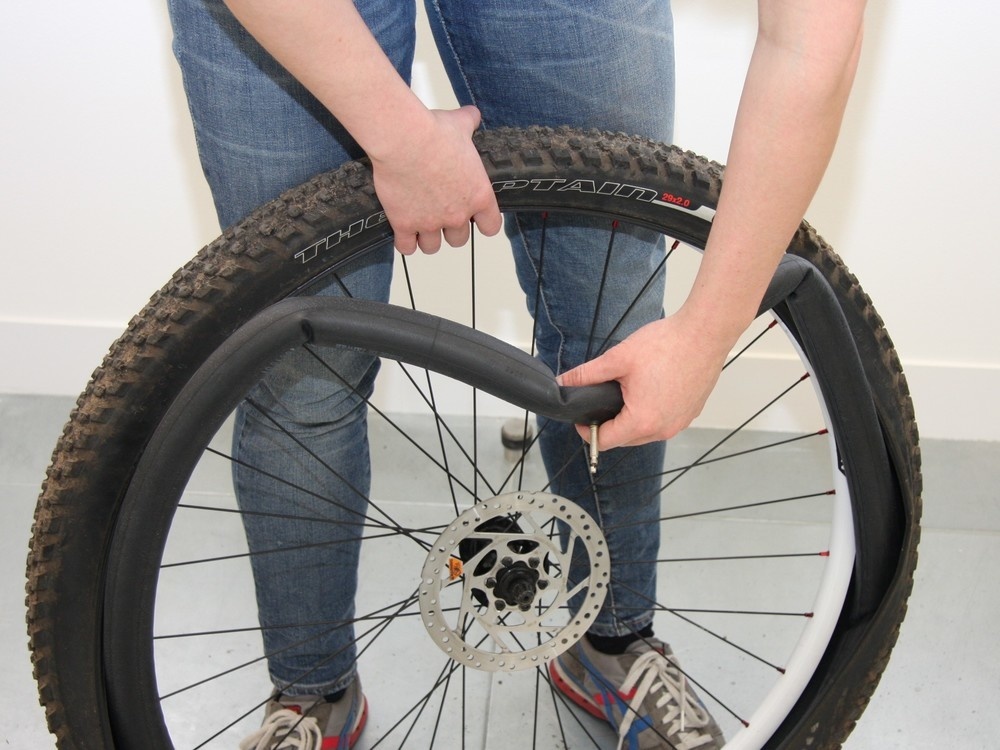 At the same time, try, if possible, to remove the air as completely as possible so as not to touch or damage the bicycle chamber;
At the same time, try, if possible, to remove the air as completely as possible so as not to touch or damage the bicycle chamber; To mount, proceed as follows:
It remains to mount the wheel and apply the brakes.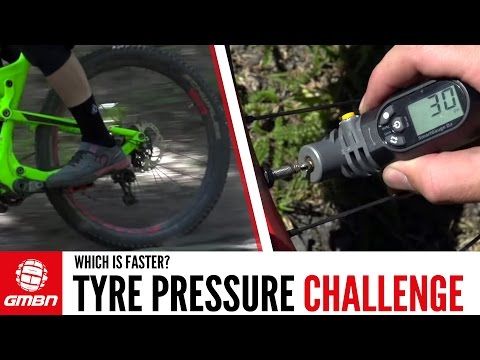 When working with a tire, do not forget that the camera is made of soft and thin material. All actions must be carried out so as not to damage the camera.
When working with a tire, do not forget that the camera is made of soft and thin material. All actions must be carried out so as not to damage the camera.
The possibility of a tube puncture always exists. The situation when you need to remove a tire can be taken by surprise, so that you do not have any tools with you. It's almost impossible to do this without tools. To replace it, you must have a spare kit if you took it and what kind of tool you still have. By default, we will assume that you still took the wheel repair kit for a bike ride. So, if you don't have montages, how can you deal with this problem?

For a comfortable ride on a bicycle, an important point is the optimal tire inflation. With insufficient inflation, the cyclist has to exert more force while riding, the bicycle tires wear out faster. Over-pumping reduces traction, makes the ride harder, and increases the risk of tube puncture.
To minimize the risk of punctures, look for tires with good side coverage when purchasing. Another indicator is cord weaving. The denser it is, the better the product. A useful device is a special anti-puncture tape located between the tire and the chamber.
Be sure to bring a tire repair kit with you when you travel. This will allow you to quickly deal with the trouble.
To repair tubeless tyres, bikers typically use:
The most common repair tool is a cord harness. This is a nylon strip impregnated with an adhesive compound.